The Sanskrit Epics Representation of Vedic Myths
₹795.00
In stock
The Sanskrit Epics Representation of Vedic Myths
As the name of this research project, "The Sanskrit Epics' Representation of Vedic Myths," suggests, my objective is to investigate the manner in which certain myths that are first presented (as far as India is concerned) in the Vedas, and more specifically in the Rgveda, are retold in the Sanskrit Epics, the Mahabharata and the Ramayana, and to investigate the manner in which the Epics re-use the mythological material Before we go any further, I will first provide a concise synopsis of the type, contents, and dates of the documents that were discussed earlier in this paragraph. The various passages 'holy speech' is what the phrase'mantra' or 'brahman' meant when it was first used, and the name 'Veda' referred to the earliest layer of literature in the Sanskrit language. According to later Indian tradition — in particular, according to the Mimamsa, which is a school of Vedic exegesis — the Veda is eternal and authorless, and it was a'revea1d' to the Vedic rsis or seers. Other names for the Veda include the sruti, which can be translated as "that which has been heard," or the "revelation." The Veda is composed of many layers of writings; the earliest of these are known as the Samhitas, which literally translate to "collections." There are four different Samhitas. The Rgveda Samhita, also known as the "collection of poems," is the earliest of the four. It was written between 1500 and 1000 BCE and is organised into ten mandalas, also known as books. The tenth mandala is often believed to be a more recent addition to the collection in comparison to the other nine mandalas.
Author
DANIELLE FELLER
Too Good to Resist Sale is Live BUY AND SAVE NOW
The Sanskrit Epics Representation of Vedic Myths
As the name of this research project, “The Sanskrit Epics’ Representation of Vedic Myths,” suggests, my objective is to investigate the manner in which certain myths that are first presented (as far as India is concerned) in the Vedas, and more specifically in the Rgveda, are retold in the Sanskrit Epics, the Mahabharata and the Ramayana, and to investigate the manner in which the Epics re-use the mythological material Before we go any further, I will first provide a concise synopsis of the type, contents, and dates of the documents that were discussed earlier in this paragraph. The various passages ‘holy speech’ is what the phrase’mantra’ or ‘brahman’ meant when it was first used, and the name ‘Veda’ referred to the earliest layer of literature in the Sanskrit language. According to later Indian tradition — in particular, according to the Mimamsa, which is a school of Vedic exegesis — the Veda is eternal and authorless, and it was a’revea1d’ to the Vedic rsis or seers. Other names for the Veda include the sruti, which can be translated as “that which has been heard,” or the “revelation.” The Veda is composed of many layers of writings; the earliest of these are known as the Samhitas, which literally translate to “collections.” There are four different Samhitas. The Rgveda Samhita, also known as the “collection of poems,” is the earliest of the four. It was written between 1500 and 1000 BCE and is organised into ten mandalas, also known as books. The tenth mandala is often believed to be a more recent addition to the collection in comparison to the other nine mandalas.
Author
DANIELLE FELLER
Additional information
| Weight | 0.5 kg |
|---|---|
| Dimensions | 10 × 11 × 12 cm |
| Book Author | Danielle Feller |
You must be logged in to post a review.
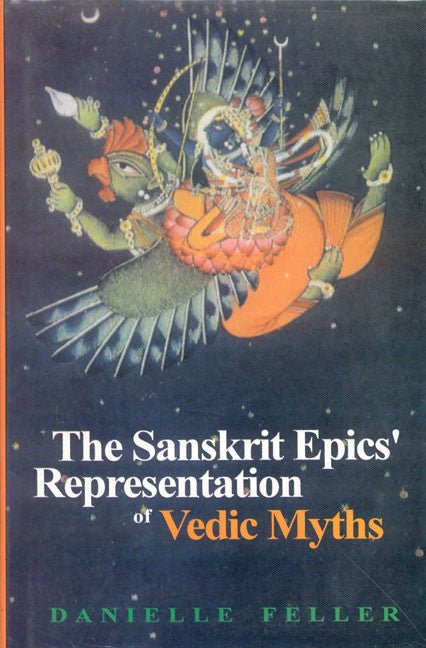
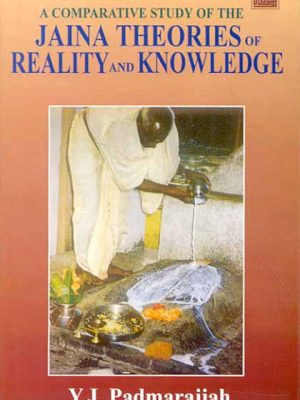
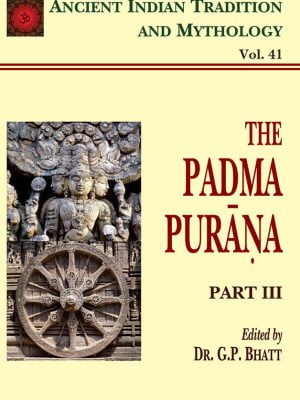
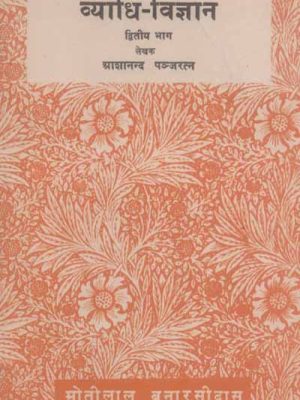
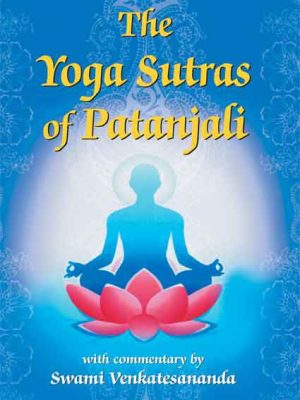
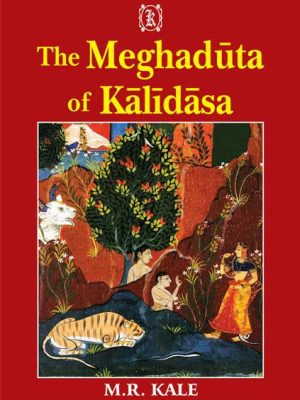

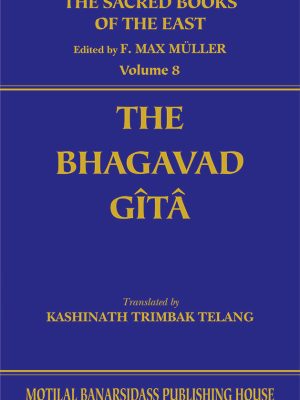
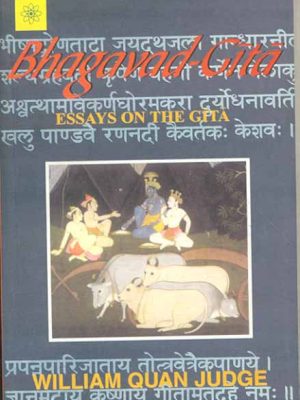



Reviews
There are no reviews yet.